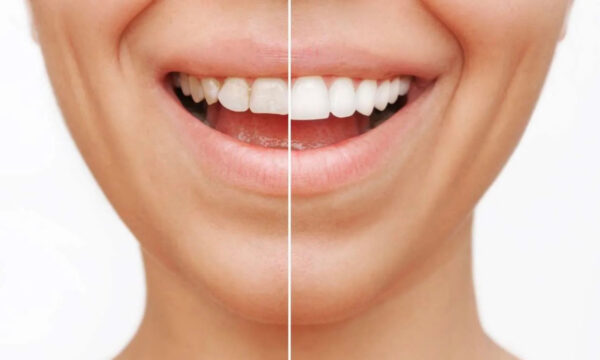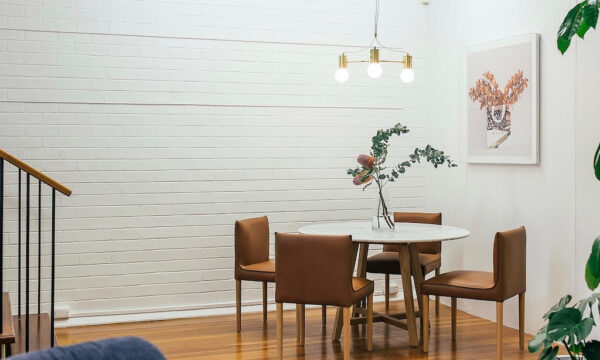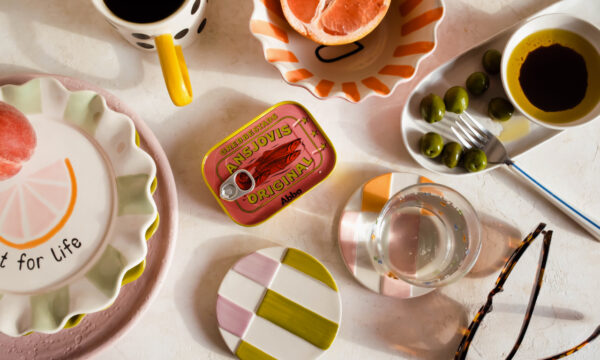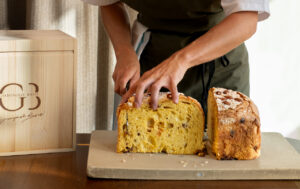Why crate training is essential for most puppies (and when it should be avoided)

While puppies should never be left alone for long periods, it’s impossible to watch a dog at all times. Crate training is therefore a useful tool for keeping a new pet safe.
When used correctly, a crate can help toilet train a puppy and keep it out of mischief for short periods. A crate can also provide a safe and secure place for a puppy to relax.
However, using a crate incorrectly can distress a four-legged friend and even cause behavioural problems. Here’s what puppy owners need to know about crate training for puppies.
Crates can speed up housetraining
Crate training can be a great way to get a puppy house trained quickly and effectively. This is because dogs instinctively try to avoid soiling where they sleep.
When training a puppy to go outside, half of the battle is catching them just before they toilet. By crating a puppy for a short period and then taking them outdoors, puppy owners are more likely to get the correct timing.
Combined with regular trips outside after food and water, crating makes it much easier for a puppy to get the hang of going outside.
Preparation for traveling
No one knows what the future will hold. Even those who don’t have immediate plans to fly with a dog or to take a long road trip, getting a dog comfortable with a crate can be invaluable should the necessity ever arise.
Keep in mind that not all crates are suitable for travel. Buy a crash-tested car crate, for example, for those planning on a road trip. For those planning to fly, then make sure the crate meets the airline’s requirements.
Being comfortable in a crate can also make it easier for a pet to settle into a different home, such as when using a dog sitter or staying in a vacation home. If properly introduced, the crate (combined with a soft bed and toys) acts like a portable house for a pet, as it’s an environment where he or she feels comfortable.
Prevents destructive behaviour
When people have their hands full with various tasks, it can be hard to keep an eye on a puppy every minute, even when relaxing at home. By crating a pup, it’s possible to get on with the task without worrying what they are getting up to.
Once a puppy is old enough to be left in the crate while its owner is out, it’s also possible to leave the house for short periods without wondering what kind of a mess they’re making at home
This is not only going to make life a lot easier, but will also keep a puppy safe from choking on items or ingesting any dangerous chemicals. Keep in mind that dogs should only be left in a crate for short periods though.
Useful for emergencies
If a dog develops a serious health condition or has an accident, the likelihood is he will need to be crated for a significant part of his recovery program.
This is especially common after surgery. A dog will be less stressed if it is already used to its crate and associates it with calm and rest. If it has never been crated before, it may panic and find it difficult to recuperate.
For other emergencies in life, crating a dog can also be useful. For example, those who have an accident or get sick and their dog needs to be put in kennels or taken in by a friend. In either case, take its crate with it and have it a little home away from home.
If friends with other dogs or small children are watching the dog, having it used to its crate will make it easier for them to take it in.
Visitors with young children or fragile persons
While it’s important to train a dog to behave when there are visitors, some may occasionally have visitors who are frightened of dogs. A crate can be a safe and comfortable place for a dog to relax when it’s necessary to keep them away from visitors.
This can also be beneficial for the dog. Young children or even older ones who don’t have a pet of their own, may disturb or upset a dog with inappropriate behaviour such as ear pulling, poking or teasing. A crate provides a secure place for a pet to retreat when he or she is feeling stressed.
Tip: If your dog gets easily over-excited and is likely to jump up, maybe put it in its crate when receiving frail or elderly visitors.
Reduce stress
Crates are calming and safe environments for a pet to use when they need their own space. This is particularly useful for dogs who are easily stressed, although all pups can benefit from a quiet space to relax.
It’s vital that everyone in the household respects that the crate is only for the dog though. Children should never get inside the crate and the dog should never be disturbed when he’s relaxing in his crate.
When to avoid crate training a puppy
Crating a puppy can be a useful aid to training. However, crates need to be used correctly, otherwise a dog may feel trapped or stressed.
Here’s when to avoid crating a puppy:
- Long periods: Dogs should never be left in their crate for long periods. Aside from being unfair, spending too much time in a crate will build negative feelings towards the crate.
- Punishment: If a dog is put in a crate to punish it for bad behaviour, it will become frightened of spending time in it. The opposite of what needs to be achieved. Never use a crate as punishment.
- Replacement for proper training: While a crate can be convenient for unexpected visits or for when there’s a lot to do, don’t be tempted to overuse it. Crating is not a substitute for training, as a dog cannot learn what type of behaviour is appropriate if its never allowed to participate in events or meet new people.
- Separation anxiety: If there are suspicions that a dog is developing separation anxiety it is important to seek out a specialist in animal behaviour. Crating is not a solution and could make the problem worse. Similarly, never crate a dog who becomes distressed when inside.
It’s important not to just put a dog inside the crate without any training. Start slowly, by allowing the dog to explore the crate with the door open in its own time. Over time, build-up to shutting the door, while combining the process with lots of fun treats and toys.
Summary
When used responsibly, crates can be useful for dog owners who can’t watch their dog at all times.
Crate training a puppy can help getting it housetrained, as well as preventing destructive behaviour when the owner is not around. Having a dog that is comfortable spending a few hours in his crate can also be a weight off the mind if travel is ever necessary.
With that said, crates should only ever be used for short periods and never with dogs with separation anxiety. Never use a crate as a punishment.
The editorial unit























Facebook
Twitter
Instagram
YouTube
RSS